Feed your lawn with Jonathan Green! Our lawn fertilizer products are packed with key lawn nutrients – nitrogen, phosphorus, and potassium – for vigorous grass growth, deep roots, and drought and disease resistance.
Jonathan Green lawn fertilizer products are packed with key lawn nutrients – nitrogen, phosphorus, and potassium – for vigorous grass growth, deep roots, and the ability to resist drought and disease.
Our fertilizers are specially formulated to nourish and strengthen both cool and warm-season lawns from top to bottom. If you are seeding a new lawn and need starter fertilizer or want to prevent crabgrass while fertilizing your lawn you’ve come to the right place!
What is a Lawn Fertilizer?
Lawn fertilizer is a dressed-up term for “lawn food”. Just like humans need food to survive, plants do too! Lawn food provides your grass the nutrients necessary to build cell walls, encourage strong root growth, and ward off weeds and disease.
Why Your Lawn Needs Fertilizer
All lawns require a healthy dose of macronutrients (nitrogen, phosphorus, and potassium), and micronutrients, (iron, manganese, and zinc).
Fertilizer supplies grass plants with these nutrients to grow healthy, green grass and maintain a lush appearance. Just as we take multivitamins packed with nutrients to keep our bodies healthy and strong, lawns grow best when they are supplemented with vitamins and minerals too.
Lawn fertilizer also helps to strengthen nutrient-deficient lawns. Lawns with nutrient deficiencies are more likely to have problems with weeds, patchiness, and brown spots. Fertilizer arms your lawn with a defense system of nutrients to combat existing lawn problems and prevent future ones.
Most lawn nutrients are water soluble, meaning regular precipitation and lawn watering cause them to leach out of the soil, and need to be replenished over time. Applying grass fertilizer helps to restore these nutrients back into the soil.
Nitrogen, for example, is an essential lawn nutrient that needs to be replenished regularly as it moves through your lawn’s soil with rain. Jonathan Green Veri-Green Nitrogen-Rich Lawn Fertilizer features special slow-release nitrogen that is unaffected by excessive rainfall and provides your lawn with a steady feeding of nutrients for less surge growth and greener, healthier grass.
Understanding the NPK Ratio on Fertilizer Bags
Every lawn fertilizer has a formula of elements (shown on the front of the bag) called the NPK ratio, which stands for Nitrogen, Phosphorus, and Potassium (K). This formula tells you the amount of each element included in the fertilizer. Each of these elements serves a distinct purpose for your lawn’s health.
- Nitrogen supplements the rich, green color of your grass and encourages leaf growth.
- Phosphorus stimulates the growth of deeper roots and the sprouting of new grass seedlings.
- Potassium aids in drought and disease resistance, protection from heavy foot traffic, and extreme weather conditions.
Every lawn is unique and has specific nutritional needs that may require more of one nutrient than another. For example, some lawns may need more nitrogen than others to repair damage from summer stress. This is what led Jonathan Green to create a fall lawn fertilizer that is rich in both nitrogen and potassium to repair summer damage and build deeper roots to prepare your lawn for winter stress. When buying fertilizer, make sure you choose the one that is right for you.
Choosing the Best Fertilizer for Your Lawn
With all of the fertilizer formulations available, it can be confusing to know which one is right for your lawn. Here are some things to consider when selecting grass fertilizer:
Grass type – Do you have cool-season or warm-season grass?
Time of year – Is it spring, summer, fall, or winter?
Lawn issues – Do you have weeds or yellow spots?
The condition of your lawn – Are you starting a new lawn or seeding an existing one?
Once you identify your lawn’s individual needs, you can narrow down your fertilizer options and find the one that’s right for you.
Quick Release vs. Slow Release Fertilizer
Most lawn fertilizers are classified as either quick-release or slow-release. Quick-release fertilizers release nutrients rapidly into your soil, making the nutrients readily available for your lawn to use right away. These types of fertilizers are usually water-soluble, meaning they will dissolve quickly into your lawn’s soil and be used by your grass immediately. This is a great option if you want quick greening, especially on a newly planted lawn.
Slow-release fertilizers steadily release nutrients into the soil over a period of time. This type of fertilizer is best for established lawns and has many benefits, including a longer-lasting green-up, uniform application, slower growth, and a reduced risk of nutrients leaching from the soil.
While you won’t see any instant green-up like a quick-release fertilizer, you can expect more even-paced grass growth and longer-lasting results with slow-release fertilizer like Jonathan Green Veri-Green Nitrogen-Rich Lawn Fertilizer. This special formula offers a slow and steady release of nitrogen to prevent a surge of grass growth in early spring and reduces the number of grass clippings when you mow.
Weed and Feed
When a lawn fertilizer is combined with an herbicide, it is known as “weed and feed.” These two-in-one products offer the convenience of controlling lawn weeds while simultaneously feeding your lawn. Weed and feed products often offer pre-emergent control, which prevents the weed seeds from germinating, or post-emergent control, which kills actively growing weeds. Jonathan Green Veri-Green Crabgrass Preventer plus Lawn Fertilizer, however, prevents crabgrass seeds from germinating, AND kills existing crabgrass up to the three-leaf stage.
Starter Fertilizer
Using a new seeding fertilizer helps to get grass seedlings off to a great start! Starter fertilizer helps supply seedlings with the nutrients they need to develop deep, dense roots and promote healthy germination and grass growth. Most starter fertilizers contain a high amount of phosphorus to build strong roots. If you’re seeding, overseeding, or even laying sod, use a starter fertilizer that can be applied the same day you seed.
Fall Lawn Fertilizer
Your lawn should be fed throughout the year, but especially in the fall. Fall fertilizers give your lawn a boost of nutrients to repair summer damage and withstand cold, winter weather. Using one that is high in potassium, such as Jonathan Green Winter Survival Fall Lawn Fertilizer, helps your grass build stronger cell walls to endure times of stress like harsh weather conditions.
Organic Fertilizer
Organic lawn fertilizer is an eco-friendly way to feed your lawn without the use of chemicals. Organic grass fertilizers require a bit more patience than synthetic fertilizers, as soil microbes need more time to break down nutrients so they can be absorbed by grass roots. The benefits are well worth it, however, as you won’t risk burning your lawn and it’s safe to use around kids and pets!
When to Fertilize Your Lawn
Timely fertilizer applications are a key component of maintaining a healthy lawn year-round. By feeding your lawn throughout the year, you encourage the growth of dark green grass with strong roots and resistance to weeds and disease.
You should add lawn fertilizer 3 to 4 times a year (early spring, late spring, summer, and fall) during the active growth period for your grass type.
For cool-season grasses, such as tall fescue and perennial ryegrass, this means focusing on applying fertilizer in the spring and fall. Warm-season grasses, such as bermudagrass, St. Augustine, and zoysia, experience an active period of growth during the spring and summer. You should feed warm-season grasses every 6 – 8 weeks during this time.
Applying a fall fertilizer before the first fall frost helps any lawn, cool or warm season, prepare for harsh, winter weather conditions.
For a full guide to feeding your lawn at the right time (including a helpful seasonal application reference tool), visit our When to Fertilize Your Lawn page!
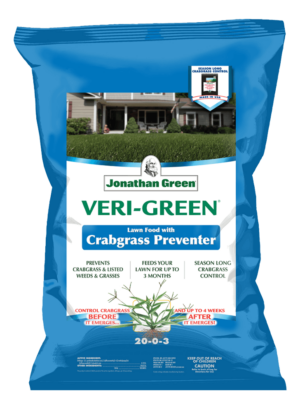 Weed Controls
Weed Controls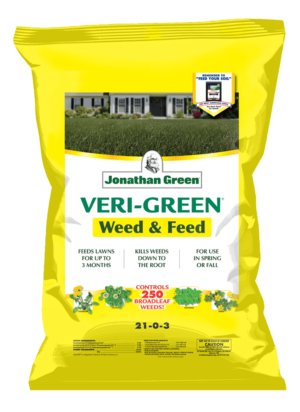 Weed Controls
Weed Controls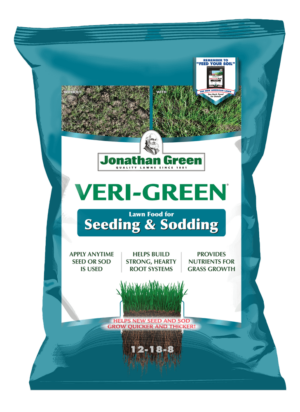 Lawn Fertilizers
Lawn Fertilizers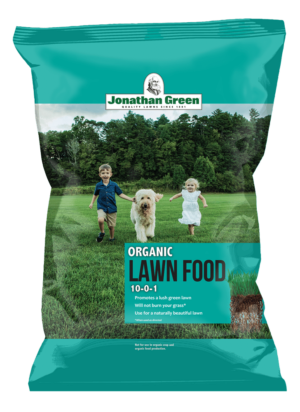 Lawn Fertilizers
Lawn Fertilizers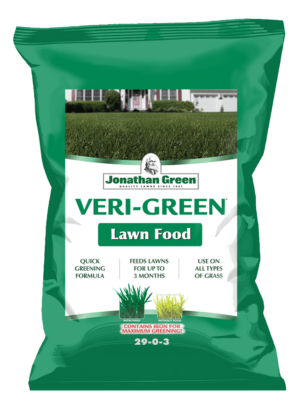 Lawn Fertilizers
Lawn Fertilizers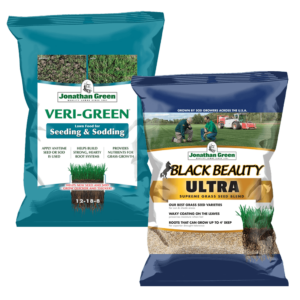 Bundles
Bundles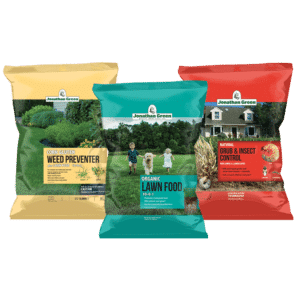 Bundles
Bundles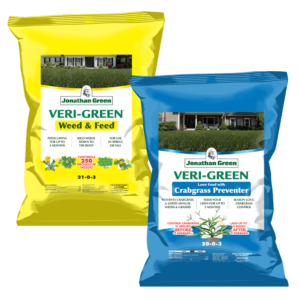 Bundles
Bundles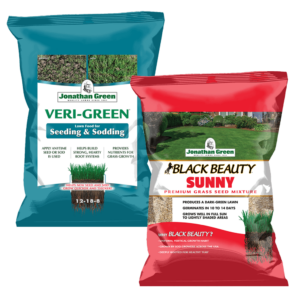 Bundles
Bundles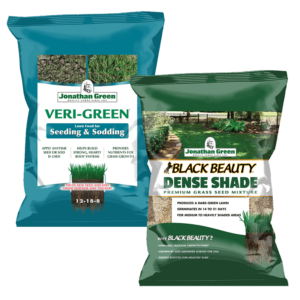 Bundles
Bundles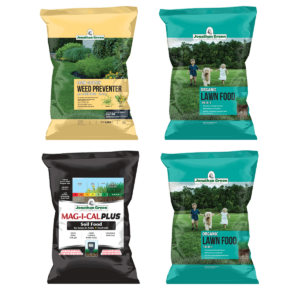 Bundles
Bundles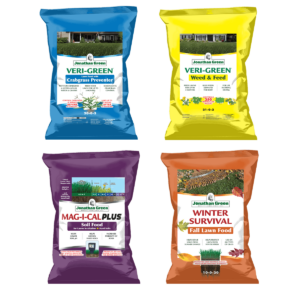 Bundles
Bundles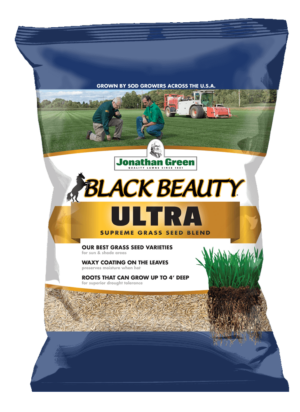 Grass Seed
Grass Seed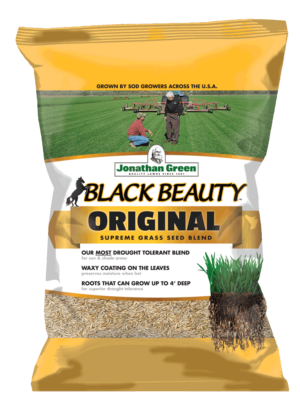 Grass Seed
Grass Seed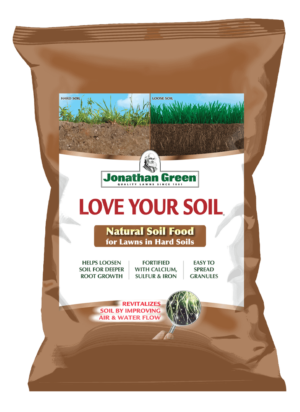 Soil Amendments
Soil Amendments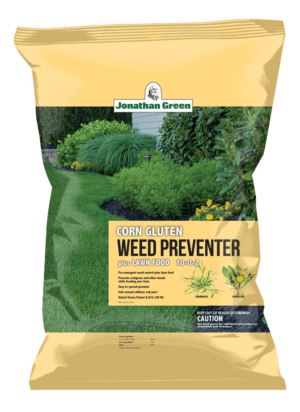 Weed Controls
Weed Controls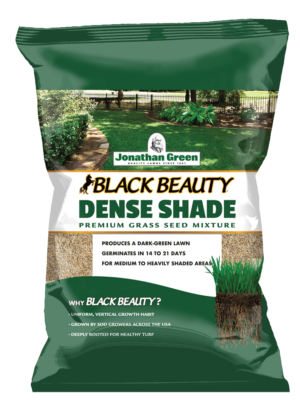 Grass Seed
Grass Seed